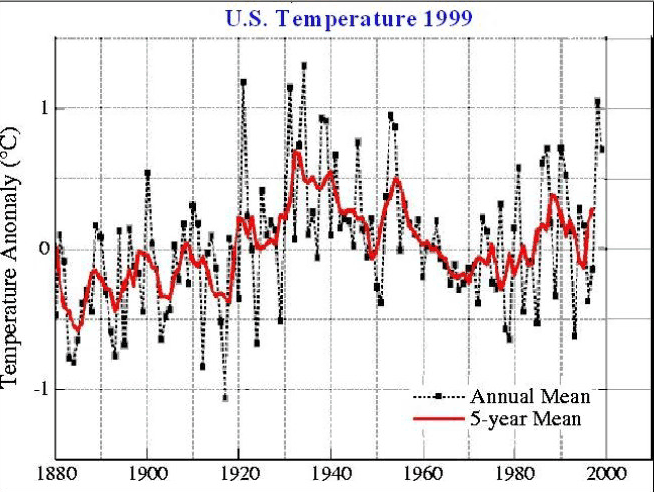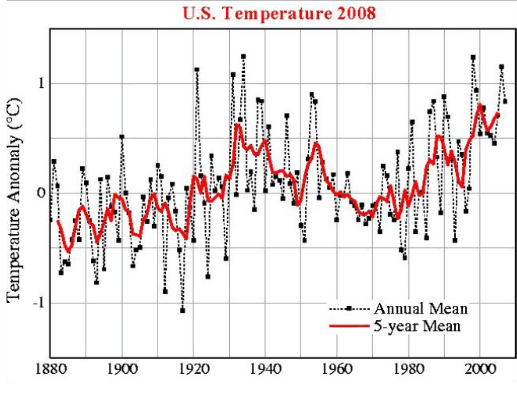NASA GISS has released their global temperature anomaly data for June 2009 and it is quite the surprise.
In both the UAH and RSS satellite data sets, global temperature anomaly went down in June. GISS went up, and is now the largest June anomaly since 1998, when we had the super El Nino.
Data source: Link
Here are the June global temperature anomaly comparisons:
GISS .63 C
RSS .075
UAH .001
The divergence between the satellite derived global temperature anomalies of UAH and RSS and the GISS land-ocean anomaly is the largest in recent memory.
But that isn't the only oddity. Over on Lucia's blog, the first commenter out of the gate, "Nylo" noticed something odd:
Nylo (Comment#16257) July 14th, 2009 at 11:14 pm
Regarding updates in past temperatures, this is not the most important change. Very noticeable is the fact that now 2007 is the second hottest year, having replaced 1998 in the statistics. This has been achieved by lowering the 1998 J-D average temperature anomaly to 0.56 , and raising the 2007 J-D average temperature anomaly to 0.57. Last month they were viceversa.It is curious to me that such adjustments in GISS seem to occur in a way that enhances the present trend. Perhaps it is like a fine liqueur, aged to perfection.
See image overlay animation here.






Reader Comments
to our Newsletter